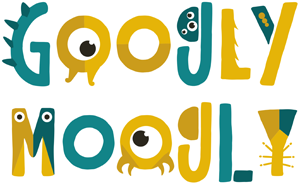Collaborative writing, also referred to as group writing or co-writing, is a creative process in which two or more people work together to create written content. This could include writing a book, article, blog post, script or any type of document. It is different from individual writing because it involves more than one person contributing ideas and feedback throughout the entire creative process. In a collaborative environment, writers can draw on each other’s knowledge, use design thinking exercises, and leverage expertise while developing an original piece of work.
Benefits of Collaborative Writing for Businesses
Collaborative writing can be beneficial for businesses in many ways. It enables team members to share their unique perspectives and ideas when creating content ideas and executing on the content. This can help the company develop a content marketing program with content that is more accurate, relevant and effective than if it was created by just one individual. Additionally, collaborative writing helps to increase the efficiency of the creative process by allowing multiple people to work together simultaneously on different aspects of the project. Moreover, engaging in collaborative writing can help employees build relationships with one another and foster a sense of community in the workplace.
Collaboration between team members can lead to higher quality written material overall as each member brings something unique to the table that will enrich the final product. Lastly, companies may find that having multiple authors generates more interest in the project due to its diversity in voices involved.
How Is Collaborative Writing Different From Regular Content Creation?
Creating content through collaboration is a far cry from traditional methods of content creation where only one author works on a piece from start to finish without any outside input or feedback along the way. Working with others often means exploring new ideas and opening up discussions about them which wouldn’t have happened if you were working alone on a project – making it much easier for teams to come up with innovative solutions they wouldn’t have thought of working solo.. Plus getting extra viewpoints on your project gives authors an overall better understanding of their target audience’s needs as well as improving communication skills amongst team members thus boosting productivity levels even further!
Tips For Setting Guidelines To Ensure Successful Collaborative Writing At Your Workplace
When setting guidelines for collaborative writing at your workplace it’s important to keep these things in mind: firstly make sure everyone involved understands what roles they are playing within the team so there is no confusion over who is responsible for what; secondly set deadlines for each task so everyone knows when their portion must be completed; thirdly agree upon some form of communication method amongst all parties so everyone stays updated throughout every stage; fourthly ensure everyone feels comfortable expressing themselves freely during meetings and brainstorming sessions; lastly establish ground rules such as respect towards other participants during conversations etc., this will promote trust and camaraderie amongst all individuals taking part in order to successfully reach desired outcomes!
Collaborative writing has become increasingly popular among businesses today due to its proven benefits such as increased efficiency, better quality written material produced and improved relationships between employees – these points being especially important during times when remote working has become so widespread globally! Therefore having guidelines set out beforehand will help ensure successful projects are completed while guaranteeing everyone involved remains satisfied with their contribution throughout!





